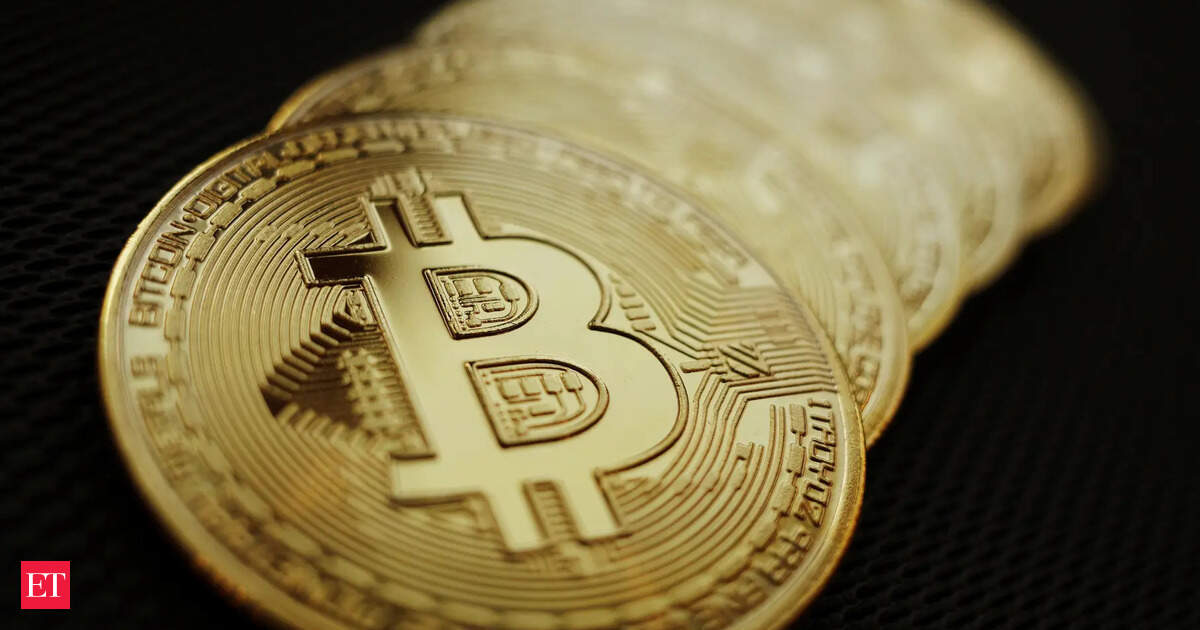Bitcoin surged to a new peak of $113,804, driven by a shrinking liquid supply and substantial acquisitions from corporations and U.S. ETFs, collectively holding 10% of all bitcoins. Bullish sentiment is fueled by anticipated interest rate cuts, potential pro-…
Why it matters
- The surge in Bitcoin’s value highlights growing institutional interest in cryptocurrency as a viable asset class.
- A decrease in liquid supply is influencing pricing dynamics, suggesting a potential shift in market behavior.
- Anticipated interest rate cuts may further bolster the investment landscape for cryptocurrencies.
In a remarkable turn of events, Bitcoin has soared to an unprecedented price of $113,804, marking a new all-time high. This surge can be attributed to a combination of diminishing liquid supply and significant purchasing activity from corporations and U.S. exchange-traded funds (ETFs), which currently hold around 10% of all existing bitcoins. The recent price movement reflects a broader bullish sentiment in the market, largely driven by speculation surrounding potential interest rate cuts by the Federal Reserve.
As institutional investors increasingly recognize Bitcoin as a legitimate asset, the dynamics of supply and demand are becoming increasingly pronounced. The tightening of liquid supply—essentially the amount of Bitcoin available for trading—has contributed to the upward trajectory in price. With more entities entering the market, the competition for available coins intensifies, further pushing prices higher. This scenario has led many analysts to suggest that the cryptocurrency may be entering a new phase of adoption, characterized by higher valuations and more mainstream acceptance.
Corporate acquisitions of Bitcoin are particularly noteworthy in this current landscape. Major corporations, seeking to diversify their investment portfolios, have begun allocating significant resources to Bitcoin. These acquisitions not only reflect a growing confidence in Bitcoin’s long-term value but also serve to legitimize the cryptocurrency in the eyes of traditional investors. U.S. ETFs are playing a crucial role in this trend, as their ability to hold substantial amounts of Bitcoin allows for easier access and investment in the cryptocurrency for the average investor.
The bullish sentiment surrounding Bitcoin is further fueled by expectations of interest rate cuts by the Federal Reserve. Lower interest rates typically lead to decreased returns on traditional investments, prompting investors to seek alternative assets like cryptocurrencies. As the cost of borrowing decreases, more capital may flow into Bitcoin and other digital assets, enhancing their attractiveness as investment vehicles.
Market analysts are closely watching these developments, as they could signal a transformative period for Bitcoin and the broader cryptocurrency market. The current price surge, coupled with structural changes in supply dynamics and increased institutional participation, suggests that Bitcoin could potentially reach even higher valuations in the near future. Many investors are optimistic, theorizing that the asset could serve as a hedge against inflation and currency devaluation, further solidifying its place in the financial landscape.
In addition to institutional interest, retail investors are also becoming more engaged in the cryptocurrency space. The rise of user-friendly platforms and educational resources has made it easier for individuals to participate in Bitcoin trading. The growing awareness and understanding of Bitcoin's value proposition have resulted in a surge of new investors entering the market, contributing to the overall demand.
Despite the current enthusiasm, experts caution that the cryptocurrency market remains highly volatile. Price fluctuations are common, and while the current trend is upward, there are always risks involved in investing in digital assets. Investors are advised to approach the market with a well-informed strategy, considering their risk tolerance and investment goals.
As Bitcoin continues to break records, its impact on the financial markets and traditional investment strategies is becoming increasingly significant. The interplay between supply, demand, and macroeconomic factors like interest rates will likely dictate the future trajectory of Bitcoin and its standing as a cornerstone of the evolving cryptocurrency ecosystem. With each new high, Bitcoin not only redefines its own boundaries but also challenges the conventional understanding of what a currency can be in the modern economy.











